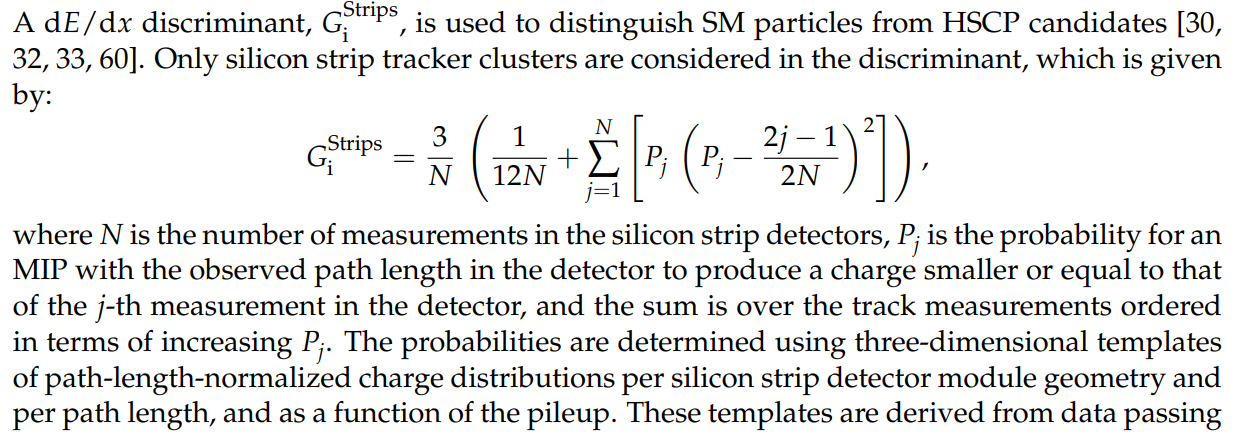Oct 17th, 2024
P Bechtle et al.
We present a proposal for a future light dark matter search experiment at the Electron Stretcher Accelerator ELSA in Bonn: Lohengrin. It employs the fixed-target missing momentum based technique for searching for dark-sector particles. The Lohengrin experiment uses a high intensity electron beam that is shot onto a thin target to produce mainly SM bremsstrahlung and - in rare occasions - possibly new particles coupling feebly to the electron. A well motivated candidate for such a new particle is the dark photon, a new massive gauge boson arising from a new gauge interaction in a dark sector and mixing kinetically with the standard model photon. The Lohengrin experiment is estimated to reach sensitivity to couplings small enough to explain the relic abundance of dark matter in various models for dark photon masses between approximately 1 MeV and approximately 100 MeV.
B. Ait-Ouazghour, M. Chabab, K. Goure
In the search for a light Higgs boson, the ATLAS and CMS experiments have observed excesses in both the diphoton (γγ) and di-tau-pair (τ+τ−) decay channels at about 95 GeV. The LEP collaboration has also previously reported an excess in the bb channel at a comparable Higgs mass. In this paper, we explore whether these excesses can be accommodated within the framework of the Two Higgs Doublet type II Seesaw Model (2HDMcT). By implementing various theoretical constraints and experimental limits on the parameter space, we first demonstrate that a light CP-even Higgs boson, h1, with a mass around 95 GeV can simultaneously account for the excesses observed in the γγ and bb channels, provided a Type I Yukawa texture is employed. More interestingly, our analysis shows that the three excesses in γγ, bb and τ+τ− channels can well be accommodated simultaneously, reaching a 0.64σ CL if the CP-odd Higgs boson A1 is nearly mass degenerate and superposed to the light CP-even Higgs h1.
CMS-EXO-18-002
A search for heavy, long-lived, charged particles with large ionization energy loss within the silicon tracker of the CMS experiment is presented. A data set of proton-proton collisions at a center of mass energy at √s = 13 TeV, collected in 2017 and 2018 at the CERN LHC, corresponding to an integrated luminosity of 101 fb−1, is used in this analysis. Two different approaches for the search are taken. A new method exploits the independence of the silicon pixel and strips measurements, while the second method improves on previous techniques using ionization to determine a mass selection. No significant excess of events above the background expectation is observed. The results are interpreted in the context of the pair production of supersymmetric particles, namely gluinos, top squarks, and tau sleptons, and of the Drell-Yan pair production of fourth generation (τ′) leptons with an electric charge equal to or twice the absolute value of the electron charge (e). An interpretation of a Z′ boson decaying to two τ′ leptons with an electric charge equal to 2e is presented for the first time. The 95% confidence upper limits on the production cross section are extracted for each of these hypothetical particles.
CMS-EXO-18-002


CMS-EXO-18-002


CMS-EXO-18-002



CMS-EXO-18-002

Constraining the Fifth Force Using the Earth as a Spin and Mass Source from the Chinese Space Station
Zheng-Ting Lai et al.
We explore the potential of conducting an experiment on the Chinese Space Station (CSS) to constrain beyond-the-standard-model (BSM) long-range spin- and velocity-dependent interactions, which are mediated by the exchange of an ultralight (mz′ < 10−10 eV) or massless intermediate vector boson. We demonstrate that the proposed experiment on the CSS offers several advantages compared to ground-based experiments. The high speed can enhance the sensitivity to velocity-dependent interactions. The periodicity allows efficient extraction of signals from background noises, thereby strengthening the experiment's accuracy. Combining these advantages, one can improve the existing bounds on such interactions by up to five orders of magnitude. With advancements in sensor technology, we anticipate a further enhancement of four orders of magnitude, resulting in a total potential improvement of up to nine orders of magnitude.